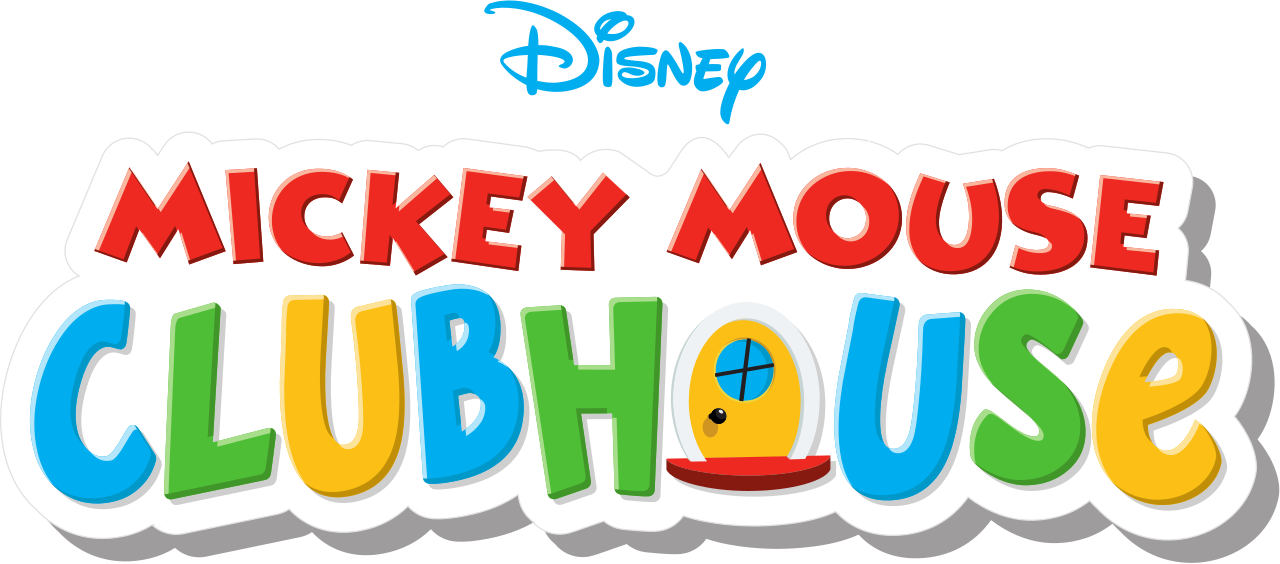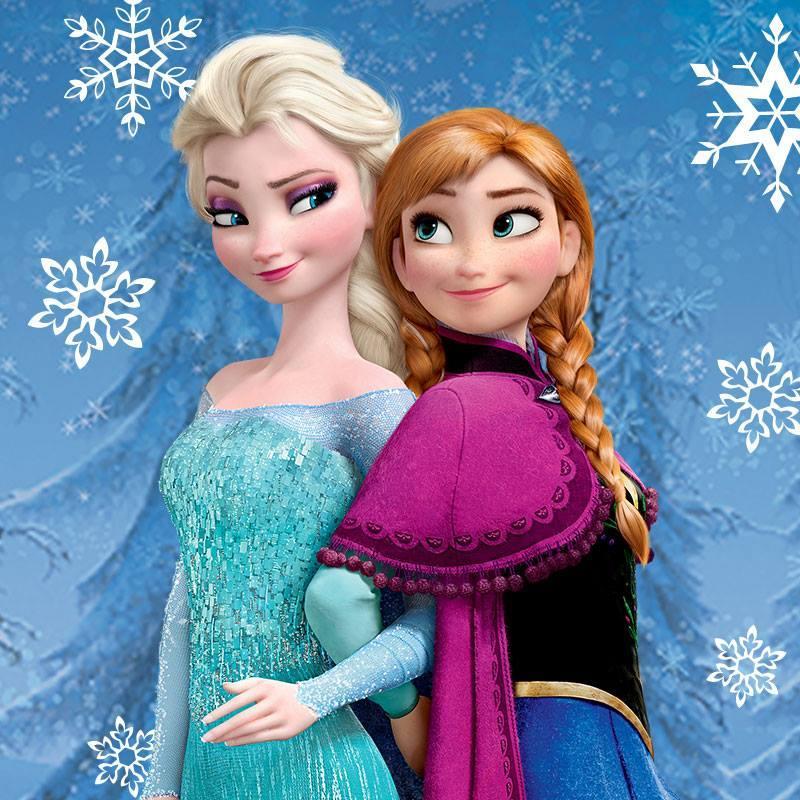My three core beliefs for learning, teaching, and the world.
- I believe learning is emotional, fun yet messy, and a social action through real world experiences.
- I believe teaching is facilitating students to take risks and challenge themselves to do HIS or HER best every day.
- I believe the world is constantly changing and our teachers need to keep up with the changes.
My running thoughts for this project...very messy...sorry…
Who am I?
I’m struggling with my identity, because I have taught so many different grade levels and curriculums. I have also taught at all 4 elementary schools. I don’t have a home. Maybe I am a Nomad but I am also a hoarder. I hoard not just physical things, but I collect new strategies, teaching methods, and ideas from so many wonderful teachers. I feel that I carry a little piece of all the teachers I have ever taught with as part of my new identity.
I believe…
- People are social learners
- Learning is messy and we need to make mistakes
- Students need non-stressful time, and lots of exposure and practice of a skill to truly learn it.
- People learn better when they feel comfortable and safe
- People learn better with real world activities
- People learn better when it’s real
- Explicit instruction is not necessary for ALL subjects or for ALL kids
- Kids have the ability to learn on their own when given the right tools and guidance
- Learning should be fun
- Students to need be encouraged to do HIS or HER best not to be THE best.
- We need to teach empathy to decrease cyber bullying...and much more...
Why?
A student told me, “one of the most memorable things was how you genuinely cared about us as the students and didn’t just teach the class but honestly created a family environment where we all felt comfortable to ask questions and fully understand whatever it was we were learning at the time. You really made the classroom less intimidating for so many students and that helped us in places beyond just elementary school.” This makes me think about my why. I teach because I want to make a difference in the lives of young people. I love kids. I love watching them change and develop. I love seeing success on their little faces. I love to be able to show them that hard works pays off.
I had a student this year that was new to the building just like me but not new to South Kingstown. I had worked with her the year before at my previous school. At that school in 1st grade she was a clingy students who was not much of a risk-takers. In 2nd grade in a new environment, she began to settle into her old habits, fake reading and constantly needing one on one support. With lots of encouragement and a little tough love, she started to work hard and challenge herself. About half way through the year, she became aware of what the other students were reading compared to what she was reading. She asked about the read alouds we read in class. She began the year reading level E, when she reached level J and could read a favorite read aloud series, Henry and Mudge, her reading took off! She was the child walking in line to the bus at the end of the day with the book in her face. She took all the Henry and Mudge books out from the library. She asked to do a read aloud for the class! By the end of the year, she could read level M, the end of year benchmark for 2nd grade. The joy on her face when I told her, “You can read Magic Tree House books now!” And that is my why.
What’s working? What’s not working in my classroom?
My vision?
What makes them feel that way? How can I actively work to sustain that?
I believe students learn best when I make a personal connection with them. I find out their interests and their fears. I try to incorporate them and their interests into our lessons. I also love when my students can teach the lesson. I feel that over the past few years I have moved away from these real connections with students and their families. I would like to find a way to build these connections this upcoming school year and beyond. One idea is to create a google form for parents to answer survey type questions about their funds of knowledge. Prensky helped me here...In my last class with Dr. Hesson we created a long list of possible questions for families. Within the classroom I could also do a google form or other type of questionnaire to learn about my students quickly within the first week of school. Teaching special education this year I will be playing a different role with the information I gather. I’m not quite sure how that will all work….
Instead of just the simple About Me poster we make at the beginning of the school year that I honestly don’t really read or the question page that I photocopied from another teacher just because they use it but again I never really read them. I want something more meaningful to me and the students…maybe the create a map of themselves...or an artwork...or a video...I want to know their real hope and dreams...their real goals in life...not just get back at reading or math like I get every year. But HOW???
I started thinking about the kids president videos...I just watched a bunch of them and that might be where I begin some discussions with my students...like what makes you awesome? There are also a bunch of videos that a few of my students with behavior needs might connect with and we can talk off of those videos...I hope my students can learn about themselves just as much as I want to learn about them.
We always have a plan for the kids...IEP...But the kids do not have any say in their dreams and goals...we ask them but we don’t actually change our teaching or curriculum to meet their goals nor do we provide time or ask questions to get to our students real dreams. I want to help them develop their real goals. So I started to explore and I remembered Kid president...I just watching lots of the videos...he has a lot about how to be a leaders, and how to be awesome...Then i didn’t how how to share this with my students so I created a Padlet..











.jpg/revision/latest?cb=20150802134540)






